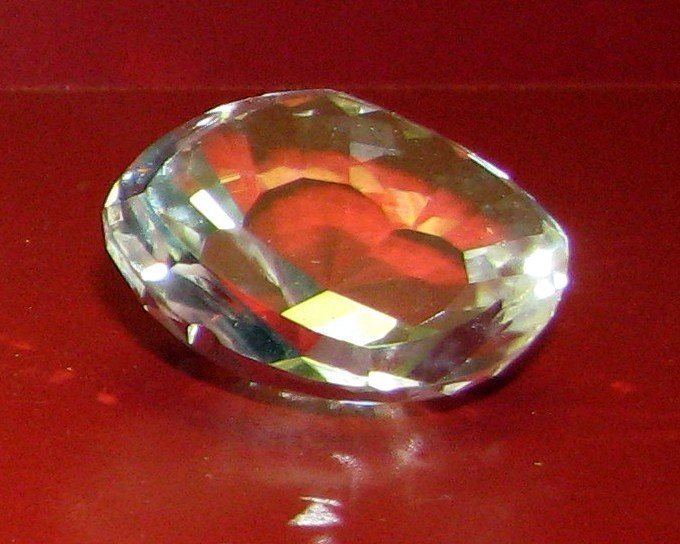 | ||
Weather 26°C, Wind S at 3 km/h, 87% Humidity | ||
The Kollur Mine (or Gani Coulour) in the Guntur district of the Indian state of Andhra Pradesh was one of the most productive diamond mines in the world and the first major diamond centre. It is situated on the south bank of the River Krishna. It operated between the 16th and mid-19th centuries. In addition to the Kollur, the Paritala, Gollapally, Mallavally, Ramallakota, and Banganapally were extremely prolific mines in India during this period. At the height of production, it was recorded that around 60,000 people mined the region, including men, women and children of all ages.
The famous diamond known as the "Tavernier Diamond" was purchased by Jean-Baptiste Tavernier from the Kollur mine in the mid-17th century. The diamond was purchased from Tavernier by King Louis XIV of France but was stolen during the French Revolution; it is believed to have reappeared as the re-cut Hope Diamond. The Indian mines were eventually depleted and the diamond centre shifted to Brazil, where a good amount of diamonds were discovered. Many of the most famous and notable diamonds were mined from these early Indian mines, including the Koh-i-Noor, the Regent Diamond, the Great Mogul (all from the Kollur); the Daria-i-Noor, the Orloff, the Dresden Green, and the Nassak Diamond.
Notable diamonds
Some of the most famous diamonds mined in the Kollur mines are:
